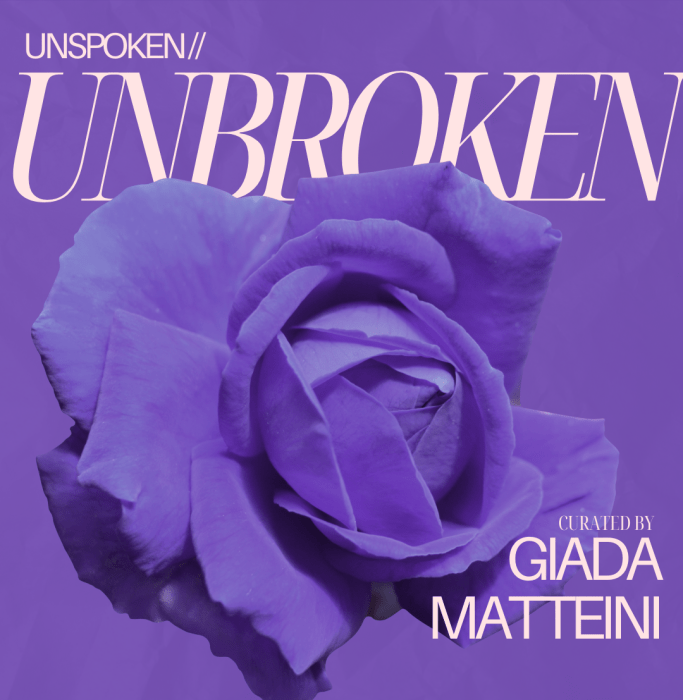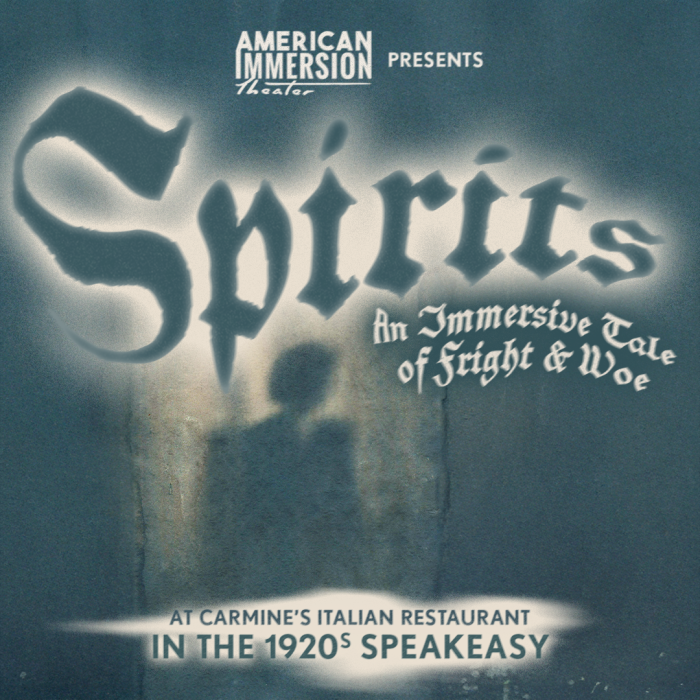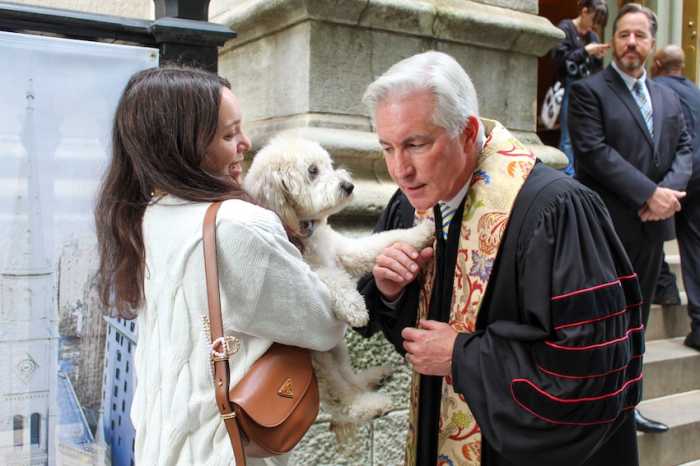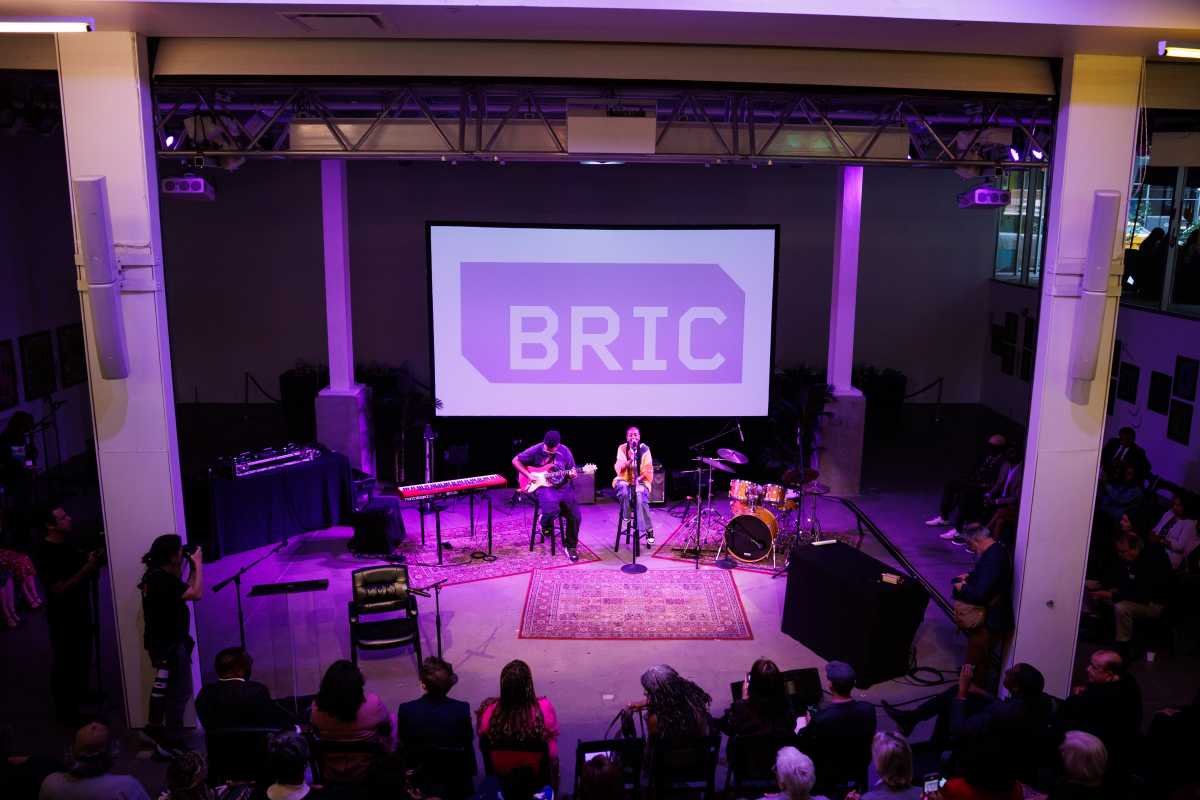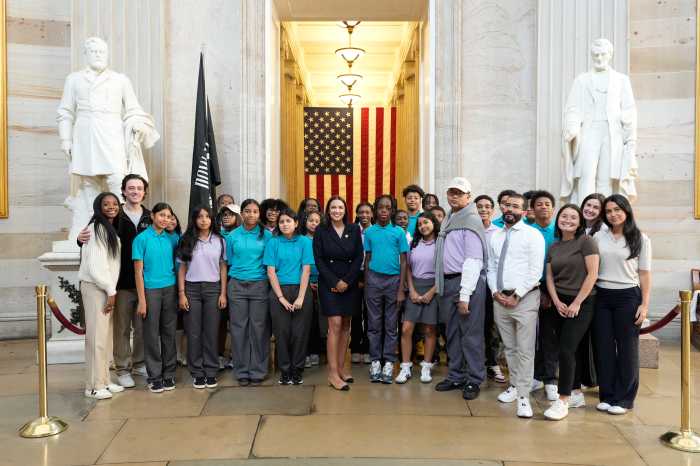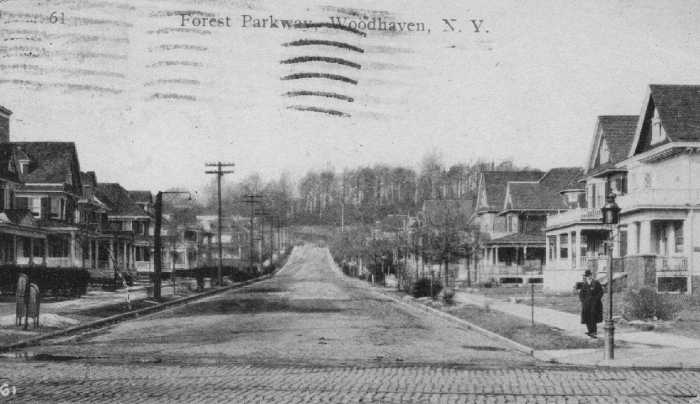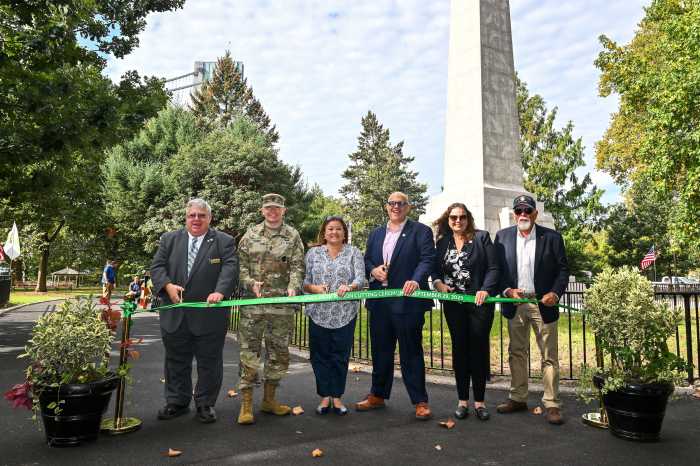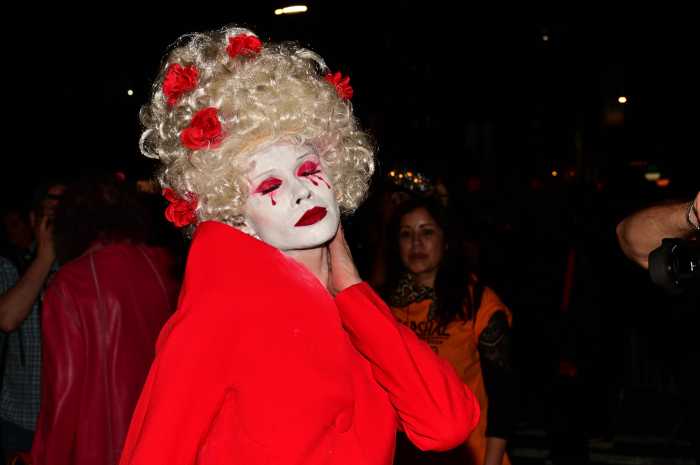By Fred Soffa
The World Cup is upon us. Alternately billed as the world’s largest sporting event or the world’s largest television event, the 64 final games rocket the world’s attention to soccer. Yet at East River Park, just off E. Sixth St., there is a soccer field that qualifies, if not as the World Cup of soccer, than at least as its United Nations.
The World Cup features teams from 32 countries, the winners of two years of qualifying matches that feature nearly every country on the earth. Cyprus, Trinidad and Tobago, Qatar, American Samoa. Regardless of how small or seemingly sports unfriendly the country may be, they field a soccer team in international competition. The soccer pitches(a.k.a. fields) at East River Park feature players from an astounding number of countries. The difference is they are all on the pitch at once.
A Sunday visit to the pitch captured a usual slice of diversity. Granted on the full-sized pitch there were back-to-back league games for 11 on 11, in this case the women’s elite league. But right behind the net, there was a run of Astroturf seeing a spirited game.
Limited in size this game is more typically a six on six, or thereabout, with duffel bags forming the goals. And here’s the roster of countries, in order of who I spoke to: Japan, Japan, Italy, Bulgaria, Puerto Rico, Spain, England, Nigeria, Iran, United States (New Jersey), United States (New York), Colombia, Hungary, Poland, Japan, Japan, Mexico, and as I left, another group of statesiders.
Now, this is virtually everyone playing on the small field at one time. Is there a more diverse group of people in New York at a given time? In the world? Or a more mixed team? Not at the World Cup.
This group had two female players, including a very young Japanese high schooler now living in Queens. Players had all different reasons for playing. Exercise, said Jorge, nearing 60, originally from Puerto Rico and now living in Brooklyn. David from New Jersey had come down for softball practice but now was staying for soccer. Others were regulars who remember back when the field was dirt not turf, and a tumble meant a serious opportunity to experience some glass or other trash firsthand.
Among the regulars is Taiwo, late from Nigeria now living on the Lower East Side. There were other places to play, from Chelsea to Uptown, he said, but all of them in some way or another had rules, formal or not, to keep people from playing, from feeling welcome. “That is not what the game of soccer is about,” he continued. Often when he traveled to London he would bring his shoes (i.e. look for a game) and never had to look hard to find one. And that is what soccer is about; it is an open game for an open world, a friendly world. Taiwo said that in Manhattan, this was the only field where you could come knowing you would always be “promised to play.”
Taiwo went on. Visitors to the city will come to East River Park, whether it is for the summer or just for a week, because they have heard of the field. Soccer he declared, should be New York City’s official or unofficial sport, for exactly those qualities: universality, openness and friendliness. This particular field, he described as “everything to everybody.”
This is not to say there aren’t politics on the field, or concerning use of the field. A sticking point is that in the days before the turf, when every day really was a glass hunt, the field was no less used. Daily there would be three games going the short way, or if it was a weekday or early morning, one game full field. Yet the day the artificial turf was finished, it seemed the leagues arrived, the high schools came to practice and the necessity of getting a permit seemed to arise. Meanwhile, the very people who used the field so heavily, no doubt inspiring and campaigning for the restoration (petitions did circulate) — these very people are now, in some ways, shut out of the pitch in prime time.
Yes, in some ways, the leagues have cut into the flavor of the park. Back when I first started to play, it was not unusual to see of the six teams engaged playing across, one team of Japanese, another team of Ecuadorians, Columbians and Peruvians, a Mexican team, a mostly European team, and of course the American team, the mutt of the group. Countries retain their styles, their philosophy and their aesthetic flair in their soccer teams. No one who is the least familiar with soccer will fail to distinguish Germany from Brazil from Senegal.
For myself, there was a wonder watching the precision of the Japanese, the spirit of the Ecuadorians. I myself played with the Reggaeboyz. Their verdict? “You’d be dead boy if that was a real game.” The greatest single play I saw came from an Irish central defender, who, as the forward with the ball came rushing toward him, merely held his position perfectly still but perfectly placed. The ball stopped and the forward hurtled forward to the turf as the defender started up the field. “That’s how we play,” the defender said, “strong.”
Raza, late of Iran, and that day the elder statesman of the pitch — for he had been coming to play for eight years — had a more sanguine approach. “The leagues are just here in the summer,” he said, “but I am here all year-round, all winter spring and fall, so there is plenty of time to play.” There are other places to play next door, notably “The Cage” — a fenced in short field. “I don’t like The Cage,” said Raza, “it’s too easy to get hurt, because of the fence. This is where I play. See you here again.”
The colorful teams still exist; it is just a bit more of a process to play. Perhaps some spontaneity is lost, some ability to play. In any case, time moves forward, and no one would ever wish to go back to the dirt field.
Which leaves us with the soccer pitch at the East River Park. Today, the way it is. The everything to everybody. The United Nations of soccer. The most diverse place in one of the world’s most diverse cities. Our own World Cup of soccer.










